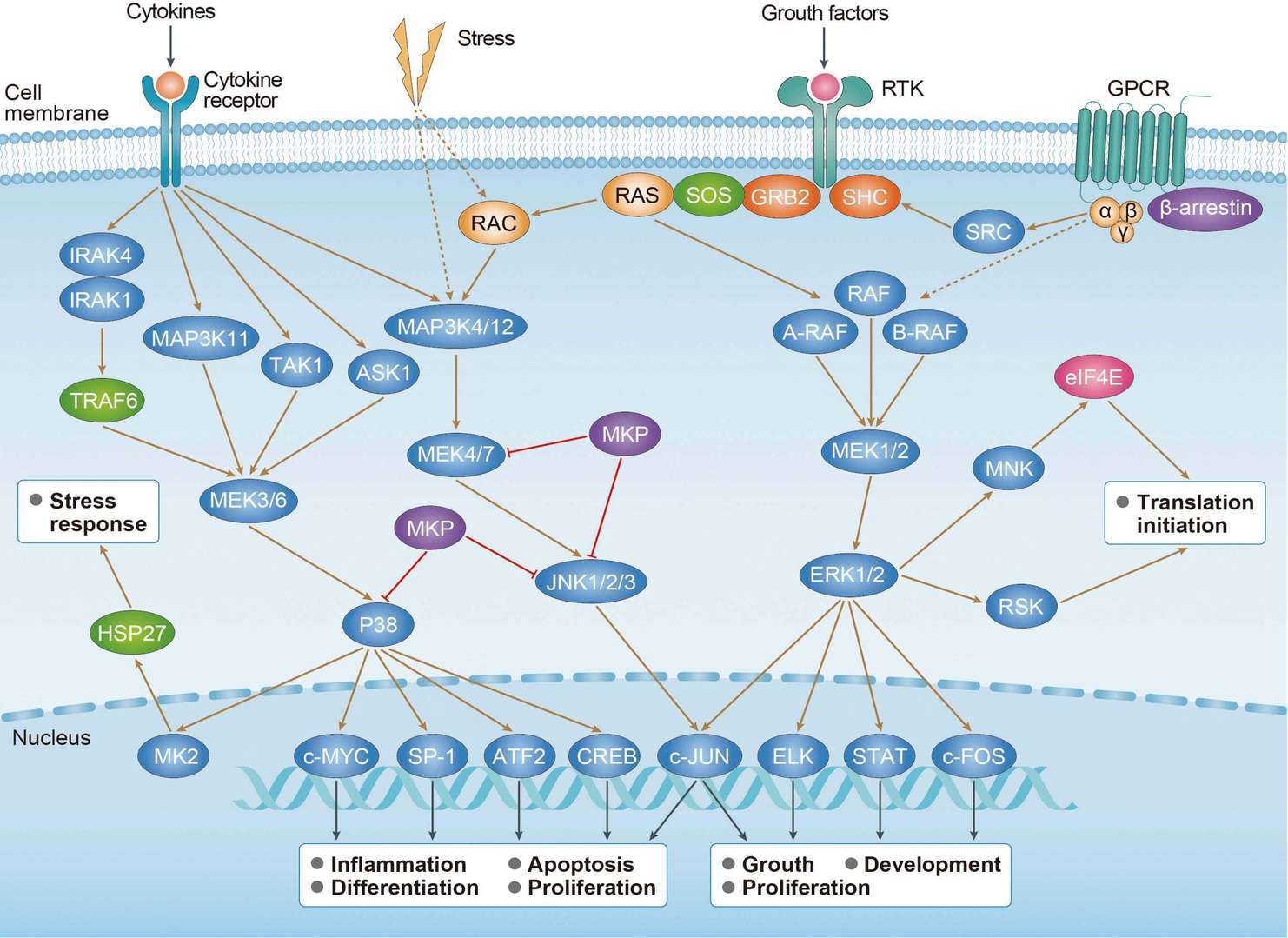 Loading...
Loading...

RARA
Anti-RARA Recombinant Antibody Products
-
- Derivation: Phage display library screening
- Species Reactivity: Human
- Type: IgG
- Application: WB, FC
Can't find the products you're looking for? Try to filter in the left sidebar.Filter By Tag
Our customer service representatives are available 24 hours a day, from Monday to Sunday. Contact Us
For Research Use Only. Not For Clinical Use.
Cancer-related genes, Disease related genes, FDA approved drug targets, Nuclear receptors, Plasma proteins, Transcription factors
Intracellular
Low cell type specificity
Immune cell enhanced (neutrophil)
Cell line enhanced (MCF7)
Heterodimer; with RXRA (via C-terminus); association with RXRA is enhanced by pulsatile shear stress (PubMed:28167758, PubMed:10698945, PubMed:10882070, PubMed:20215566, PubMed:15509776). Binds DNA preferentially as a heterodimer (PubMed:10698945, PubMed:28167758). RXRA serves as enhancer to induce RARA binding to RARE (PubMed:30468856). Interacts with RXRG (PubMed:28167758). Interacts with coactivators NCOA3 and NCOA6 (PubMed:9267036, PubMed:10567404). Interacts with NCOA7; the interaction requires ligand-binding (PubMed:11971969). Interacts (via the ligand-binding domain) with PRAME; the interaction is ligand (retinoic acid)-dependent (PubMed:16179254). Interacts with AKT1; the interaction phosphorylates RARA and represses transactivation (PubMed:16417524). Interacts with PRKAR1A; the interaction negatively regulates RARA transcriptional activity (PubMed:20215566). Interacts with NCOR1 and NCOR2 (PubMed:20543827). Interacts with PRMT2 (PubMed:12039952). Interacts with LRIF1 (PubMed:17455211). Interacts with ASXL1 and NCOA1 (PubMed:16606617). Interacts with ACTN4 (PubMed:22351778). In a complex with HDAC3, HDAC5 and HDAC7; the HDACs serve as corepressors of RARA, causing its deacetylation and inhibition of RARE DNA element binding; association with HDAC3, HDAC5 and HDAC7 is increased upon oscillatory shear stress (PubMed:28167758). Interacts with CDK7 (By similarity). In the absence of hormonal ligand, interacts with TACC1 (PubMed:20078863).
DNA-binding, Receptor

 cAMP Signaling Pathway
cAMP Signaling Pathway